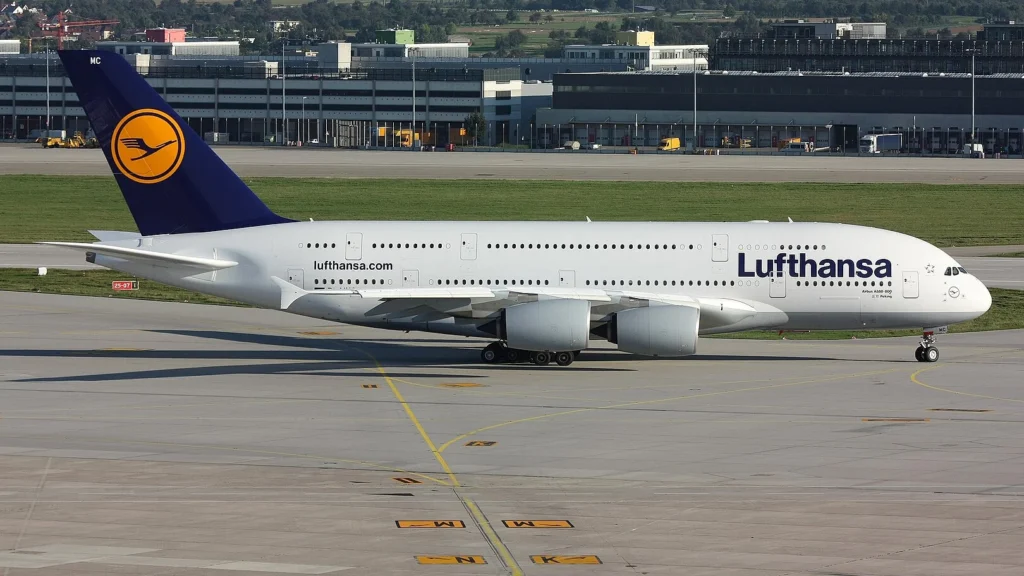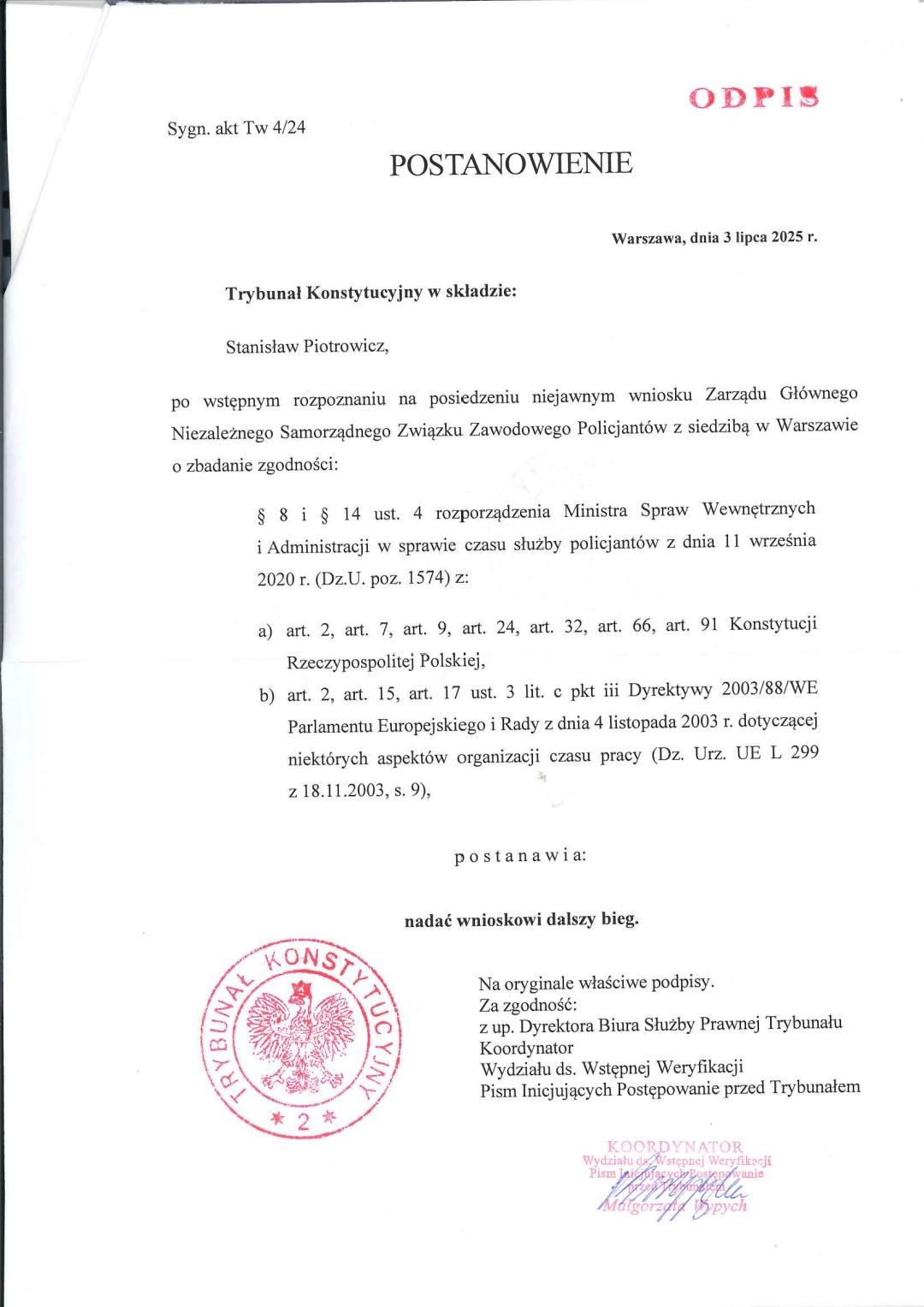
MUNICH— A Lufthansa (LH) Airbus A380-800, operating flight LH-453 from Los Angeles (LAX) to Munich (MUC), experienced a power loss on one engine shortly after takeoff on June 14, 2024. The crew shut down the affected engine, successfully restarted it mid-flight, and continued safely to their destination.
The incident involved engine #3 (Trent 970) reducing thrust unexpectedly. Post-flight assessments identified a technical fault in the electronic control system, prompting component replacements to prevent recurrence.
 Photo: By Lasse Fuss – Own work, CC BY-SA 3.0, https://commons.wikimedia.org/w/index.php?curid=18058676
Photo: By Lasse Fuss – Own work, CC BY-SA 3.0, https://commons.wikimedia.org/w/index.php?curid=18058676Lufthansa A380 Engine Failure
The affected aircraft, registered D-AIMN, was climbing out of Los Angeles International Airport (LAX) when engine #3, located inboard on the right wing, dropped thrust to approximately 30%.
Despite adjusting the thrust lever, the engine remained unresponsive, prompting the crew to perform an in-flight shutdown for safety, Aviation Herald reported.
Following standard operating procedures, the pilots successfully performed an engine relight.
Since the engine resumed normal operations and the Airbus A380 is equipped with four engines, the crew decided to continue the transatlantic journey to Munich Airport (MUC) without further incident.
After the flight, maintenance teams replaced the hydromechanical unit (HMU) and the Electronic Engine Controller (EEC) on the faulty engine.
Investigations conducted by Airbus and Rolls-Royce traced the malfunction to a cracked solder joint within the Avionics Full Duplex Switched Ethernet (AFDX) interface. This interface links the aircraft’s data network to critical engine control functions.
 Photo- Denver International Airport (X)
Photo- Denver International Airport (X)Recurring Issue with AFDX Interface
This was not an isolated event. Since 2011, there have been eleven documented cases of similar loss of thrust control in Rolls-Royce Trent 970 engines.
The root cause of these incidents has been attributed to erroneous data transmission across the AFDX interface, specifically due to cracked solder joints that degrade over time.
The AFDX system plays a critical role in engine management by ensuring accurate data flow between the aircraft’s systems and the EEC. In this instance, corrupted data affected the N1 target setting, a key parameter for engine thrust control, leading to unstable performance.
To mitigate such risks, Airbus and Rolls-Royce have developed a software update that triggers a channel changeover within the EEC when abnormal data is detected, preventing potential loss of thrust control.
Operational Decisions and Safety Protocols
Continuing the flight to Munich (MUC) was deemed operationally sound given the aircraft’s four-engine configuration and the engine’s successful relight.
Returning immediately to LAX would have introduced complications such as the need for a fuel dump over congested airspace or the risk of an overweight landing.
Pilots operating the A380 are trained to handle such scenarios, ensuring that passenger safety remains uncompromised. The aircraft landed safely in Munich, and the event remains under review to enhance long-term operational reliability.
 Photo: JFK Spotting
Photo: JFK SpottingEmirates A380 Landed with One Failed Engine
An Emirates (EK) Airbus A380-800 experienced an in-flight engine shutdown while operating flight EK203 from Dubai International Airport (DXB) to New York John F. Kennedy International Airport (JFK). The aircraft, registered as A6-EUW, landed safely despite continuing the journey on three engines.
The emergency was declared while the aircraft was under Boston Center’s airspace. New York Approach coordinated the final descent, leading to a secure landing on JFK’s runway 22L at 8:57 AM local time on June 28, 2025.
On June 28, 2025, Emirates flight EK203 encountered a technical issue resulting in the shutdown of the number one engine on an Airbus A380-800 aircraft. The aircraft was en route from Dubai (DXB) to New York City (JFK) when the incident occurred over the northeastern United States.
While in Boston Center’s airspace, air traffic controllers questioned the crew about engine status. The pilots confirmed that one engine had been shut down as a safety measure. New York Approach promptly declared an emergency to prioritize EK203’s landing.
Despite the shutdown, the A380 remained stable and controllable. The flight crew worked closely with air traffic controllers to manage descent procedures, speed regulation, and approach strategy. Coordination between the crew and ATC was critical in maintaining the safety of the 450 passengers on board.
Stay tuned with us. Further, follow us on social media for the latest updates.
Join us on Telegram Group for the Latest Aviation Updates. Subsequently, follow us on Google News
Lufthansa Munich-Washington Flight Diverted After A380 Ran out of Fuel
The post Lufthansa A380 Pilots Reported Power Loss After Takeoff from Los Angeles appeared first on Aviation A2Z.

















